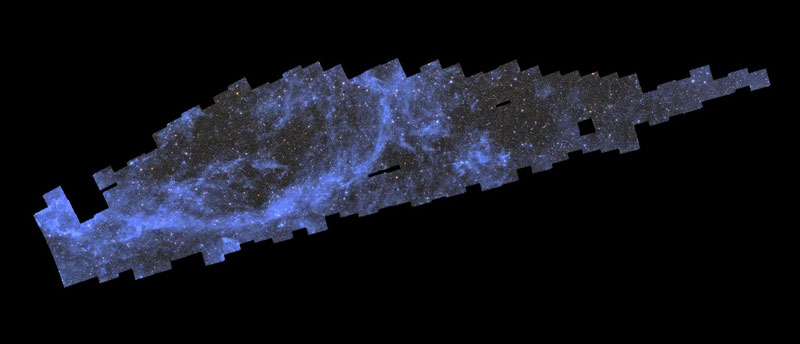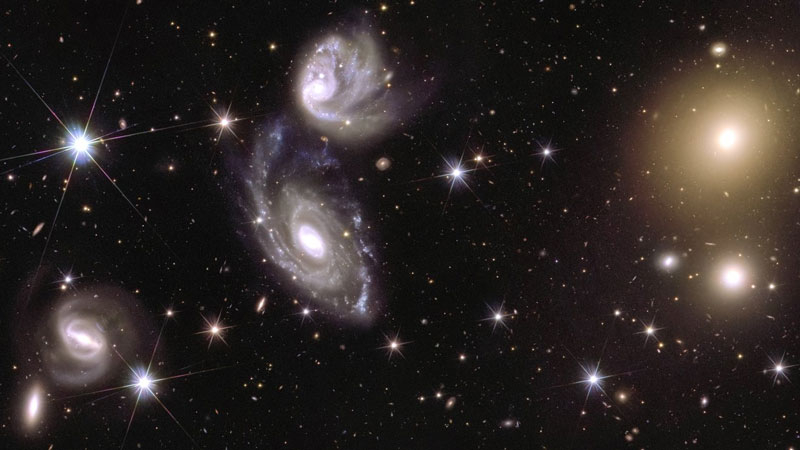The European Space Agency (ESA) has published the first fragment of a space atlas obtained using the Euclid space observatory. The image corresponds to only one percent of the future catalog, which will include in detail all the galaxies visible to a depth of 10 billion light years, and it already contains 100 million objects – stars and galaxies, 14 million of which can already be used to search for dark matter and dark energy .

Image source: ESA
«Euclid” collects light in the optical and infrared ranges. So it peers through clouds of gas and dust, capturing detailed images of galaxies to great depths. The shape and size of galaxies will give an idea of the clusters and shape of clouds and clumps of dark matter, which, in fact, first allowed stars to appear, and then galaxies. The new data will also give scientists a better understanding of the dynamics of the expansion of the Universe over the past 10 billion years, which will be a step towards collecting data on the dark energy that causes the Universe to expand at an accelerating rate.

600x magnification of the catalog area with the galaxy cluster Abell 3381
The presented fragment of the future Euclid atlas contains data from 260 observations made between March 25 and April 8, 2024. In just two weeks, Euclid covered 132 square degrees of the southern sky, more than 500 times the area of sky covered by the full Moon. The first 53 square degrees of the survey will be published in March 2025. Survey data for the first year of observations will be published in 2026. Data collection will last until 2030 and cover approximately a third of the sky. But now there is enough information in the Euclid data so that we can start working on its observations.